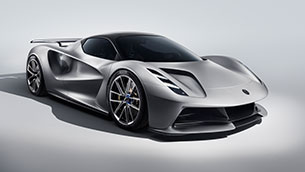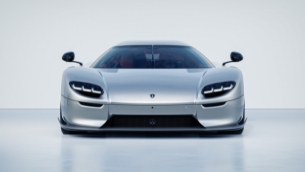So, what's so special about the camless engine systems? [w/video]
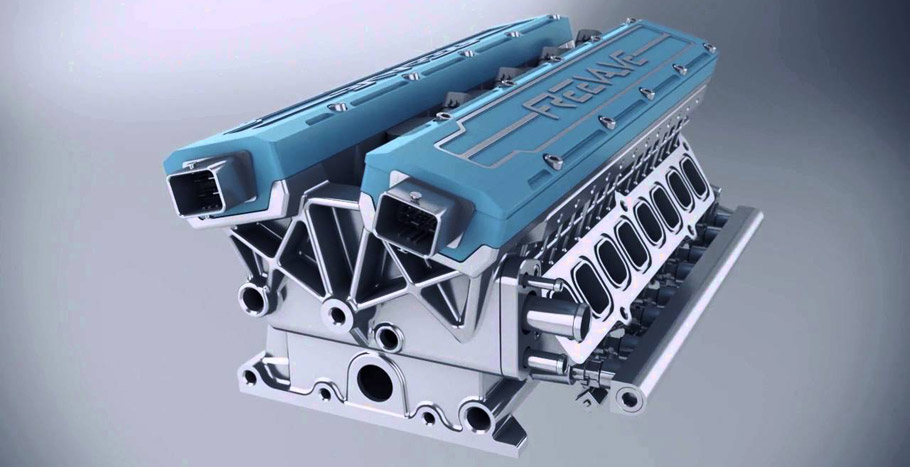 We all know how it started: back in 19th century Nikolaus Otto patented a rather interesting system. It contained four key elements that eventually led to a global domination, as it comes to automobile industry. Indeed, suck, squeeze, bang and blow are the actions that help millions of people worldwide to move faster through land.
We all know how it started: back in 19th century Nikolaus Otto patented a rather interesting system. It contained four key elements that eventually led to a global domination, as it comes to automobile industry. Indeed, suck, squeeze, bang and blow are the actions that help millions of people worldwide to move faster through land.
What is also special about this engine system is that the action of the intake valves which allow the system to breathe and the exhaust valves that let it expel gases were defined by shaft of eccentric lobes rotating exactly half the speed of power unit's crankshaft.
Then modern systems hit the market and people's minds. Electric vehicles and green energy are sort of the main topics in news, press releases and everyday small chats. And more people should be talking about this thing called a camless engine.
So, what is this modern technology?
Long story short, the camless technology offers more power and better fuel efficiency. Short story long, the "cams" still spin half as fast as the crank, but changes the relative opening and closing of the valves in relation to the crank position.
In most engine systems the camshaft's rotating lobes push rockers that further open the valves and allow springs to shut them. But the main downside is that there are these stages in which the valves are partially opened or partially closed, which greatly reduces the efficiency and overall system productivity.

What the new system is doing is to allow more control over engine's intake and exhaust valves, thanks to the recently developed electro-hydraulic-pneumatic actuators.
In theory, the camless engine can run on any combination of cylinders with the conventional or the more efficient Atkinson and Miller cycles. Also in theory, a 1.5-liter naturally aspirated four-cylinder power unit with a total of 250 horsepower can deliver some 40-plus mpg on two cylinders. Sweet... but we would like to see that happening in the real world.
SEE ALSO: Rolls-Royce VISION NEXT 100 is for the oligarchs of the future [w/360° video]
This engine technology has been created in conjunction with FreeValve AB, one of Koenigsegg's sister brands and it offers reduced fuel consumption of up to 17 per cent. It is also far more compact. But it can't be perfect, right?
There are definitely some downsides. For example, there is a draw from the engine to run the pneumatic and oil actuators. But these losses are not as nearly as bad as those stemming from the friction associated with driving cams, chains and spring-loaded valves. Last, let's not forget that the noise "camless" engines produce, still does not pass the public requirements.
Source: Koenigsegg
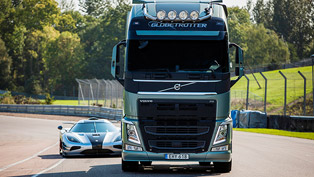
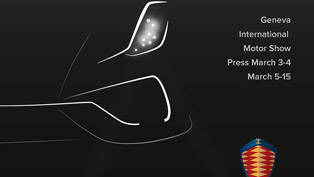
![Koenigsegg Releases Hybrid? Yes, Meet the new Regera [VIDEO]](http://www.automobilesreview.com/uploads/2015/03/2015-Koenigsegg-Regera-FF.jpg)
